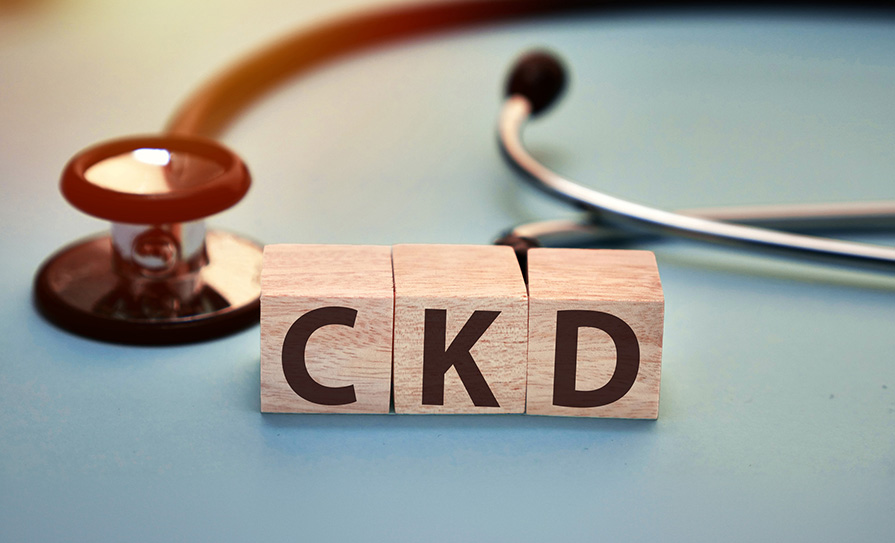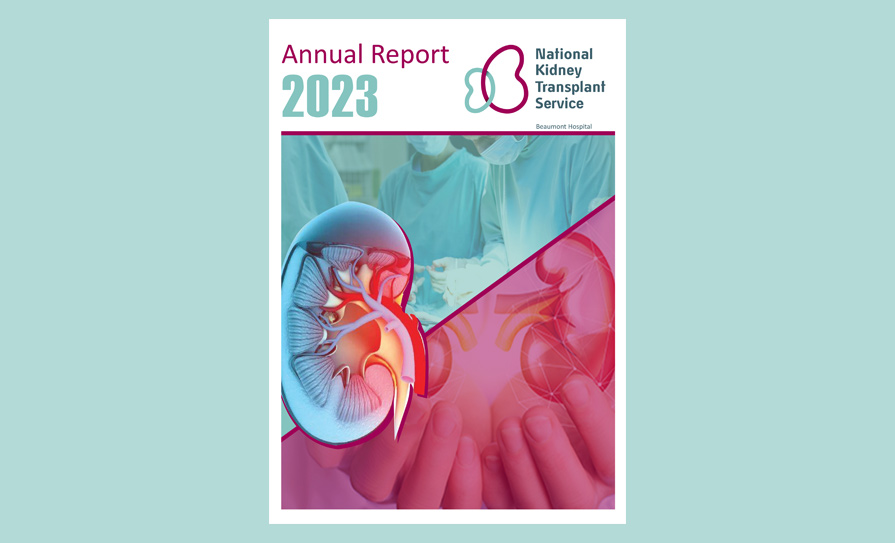A ‘mean hourly’ gender pay gap of 6.75 per cent in the Department of Health is linked to overtime payments and management board representation, a report by the Department has found.
The Gender Pay Gap Information Act 2021 has introduced reporting requirements for organisations with over 250 employees. The first set of results are based on a ‘snap-shot’ date in June 2022.
The gender pay gap is usually represented as the average difference in gross hourly earnings of men and women, expressed as a percentage of men’s average gross hourly earnings.
The report noted the “gender pay profile is correlated to, and impacted by, the timing and impact of employee joiner, leaver, mobility, and promotion activities”.
“Overtime, when required, is offered to eligible grades equally. In the reporting period, overtime was availed of by more men, thereby increasing the male pay profile.”
The report, which was published in December, also noted representation on the management board “was 60/40 in favour of males for this reporting period, which also contributed to the pay gap and males were on higher points of their respective pay scales due to longer service at these grades”.
The report from the HSE found a mean hourly gender pay gap of 12 per cent, which it linked to the staff categories in which female employees principally work and the high number working part-time. The report noted that staff “choosing part-time work may be less likely to opt” for overtime.
The report highlighted the staff category of medical and dental as showing “strong growth” in the proportion of females, moving from 38 per cent reported in 2002 to 51 per cent in 2022.













Leave a Reply
You must be logged in to post a comment.